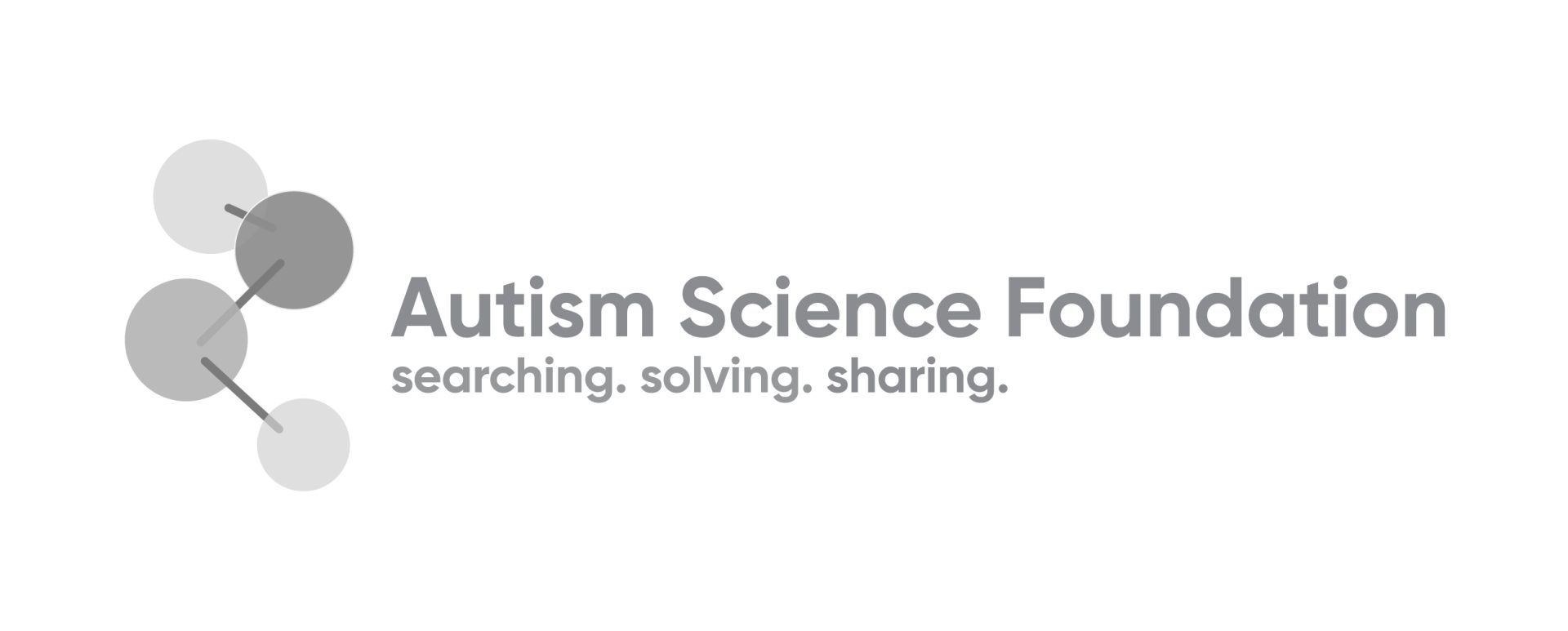NEW YORK — March 26, 2020 — The Centers for Disease Control and Prevention (CDC) today announced that 1 in 54 eight-year old children have been identified with autism, a rise from the 1 in 59 rate announced two years ago.
The increased prevalence rate announced today is based on a study of children who were 8 years old in 2016. The 1 in 59 number, reported in 2018, was based on a study of children who were 8 years old in 2014.
“The rise in prevalence is concerning, but more concerning to us right now is the fact that children with autism are sheltering in place due to coronavirus, and many are suffering tremendously due to severe disruptions in their routine and lack of access to mandated therapeutic services,” said Alison Singer, President of the Autism Science Foundation.
She continued: “The change from 59 to 54 is important, but right now we are focused on supporting every family’s ‘1.’ All families are facing obstacles, but our autism families are facing unique and unprecedented challenges far beyond what is typically being experienced in this country.”
The widespread social distancing initiatives are also impacting research efforts, according to Dr. Alycia Halladay, Chief Science Officer at the Autism Science Foundation.
“Universities across the country are understandably shuttered, which means that the majority of clinical research has decelerated and the pace of progress through which we will learn how to best treat children with autism has slowed just at the time that we learn prevalence has increased. At ASF, we are committed to supporting all autism families and all autism scientists during this challenging time.”
Other key points from the CDC Report include:
- Boys were four times more likely to be identified with autism than girls.
- Girls identified with autism were more likely to have an intellectual disability than boys.
- Prevalence was the same in white and black children. Hispanic children are identified at a lower rate than black or white children.
- A second report focused on 4-year-old children indicated that 84% of 4-year-olds had received a first developmental screening by 36 months, compared to 74% in the report two years ago. This screening increase is important because the earlier children are identified with autism, the sooner they can start receiving services.
- Black and Hispanic children received evaluations at older ages than white children.
Media Contact
Sam Belden
Forefront Communications for Autism Science Foundation
212-320-8986
sbelden@forefrontcomms.com

